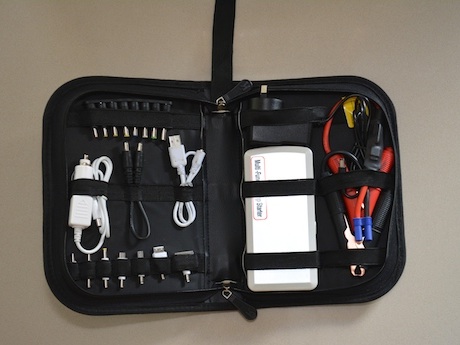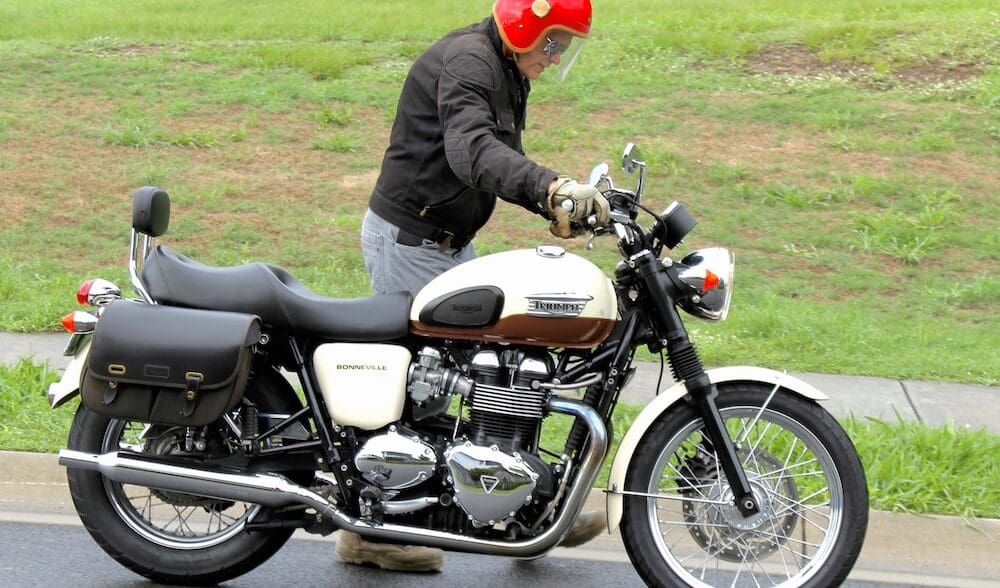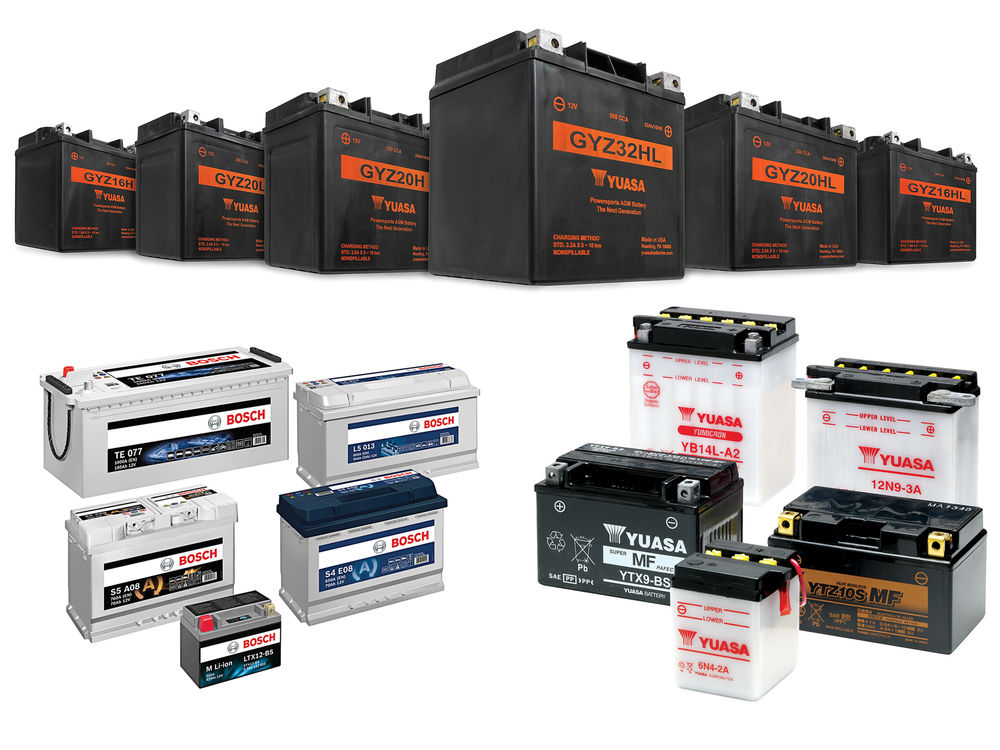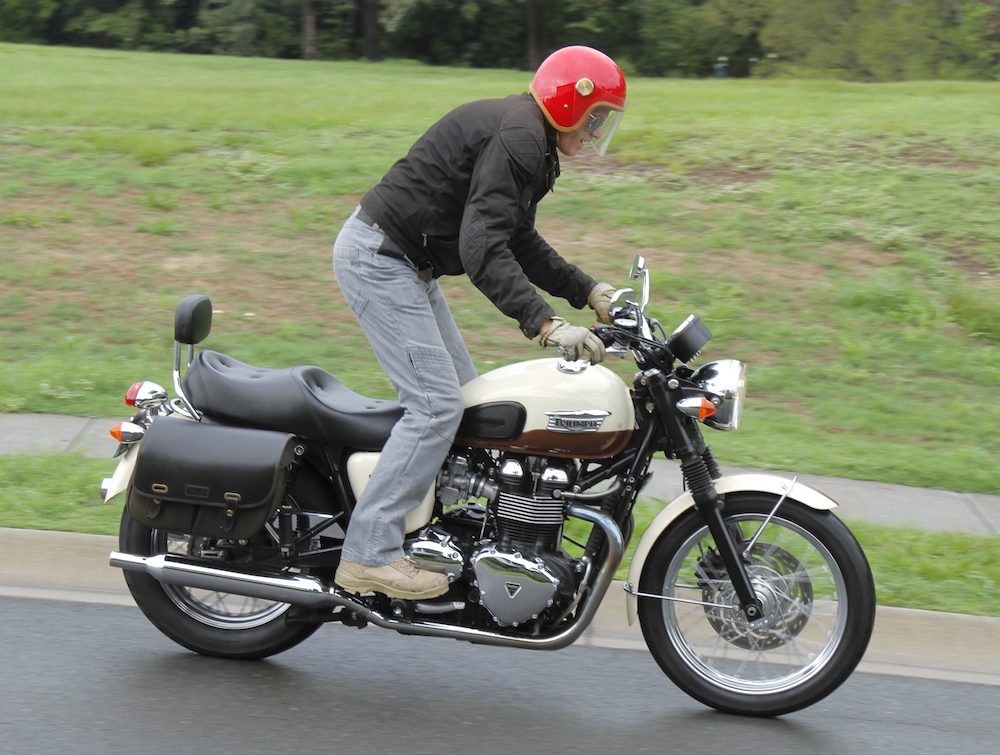Just because your bike won’t start doesn’t mean the battery is flat and trying to jump, bump or push-start the bike can actually damage it and cause you injury.
RACQ tech boss and Suzuki Bandit tragic Steve Spalding warns against jumping straight into jump starting your bike.
Checks before jump starting
“If a battery is flat because it’s faulty then attempting to push-start the bike can result in it either continuing not to start or risk damaging the electronics, so the first step is to determine if the battery is flat or it has an internal defect,” he says.
Assuming your bike doesn’t have a kick-starter, if it won’t start there are several things you should consider first.
Have you checked the kill switch, side stand, neutral engaged and fuel levels (and fuel petcock on an old carby bike)? They seem obvious, but I’ve seen people trying to jump start a bike where they have simply run out of fuel, left the side stand down, the bike is in gear or they have forgotten about the kill switch.
Next thing is to check your battery. Are there any lights on your instruments? If not, check the battery leads and give them a wiggle. If they look dirty, try to clean them and tighten the connection.
If the instrument lights work, but it just won’t fire up, you can also check the spark plugs and maybe give them a clean.
Battery starters and jumper leads

If you plan riding in a remote area, it’s a good idea to carry a power pack that can restart your bike or at least a battery tester so you can tell if the battery is the problem or there is something else wrong with the bike.
Riding with a friend is also a good insurance policy as you can use jumper leads to restart off their bike’s battery.
Small dirt bikes can even back up to each other, chock up the back wheel and use the live bike’s spinning wheel to start the dead bike.
If you use jumper leads, attach the red cables first, starting with the dead bike.
Make sure the donor live bike’s engine is running before trying to start your bike.
When taking the cables off, use the total reverse order, starting with the black cable on the live bike.
Jump-start warnings
If you don’t have a starter or jumper cables and you have determined the battery is flat, there are still a few things to consider before attempting to push start a bike, such as rider safety, says Steve.
“Pushing a bike to start it is potentially unsafe because it can topple over, injure the rider if they trip over or become a traffic hazard,” he says.
“Also, if a bike doesn’t start after pushing then the rider has the additional problem of trying to get it back to where they started from.
“If a bike has starting problems then it needs to be sorted out properly. Have the battery checked and replaced if it is starting to become unreliable or cranking slower than usual.
“Why risk injury, causing a traffic hazard, or dropping a bike and causing a few thousand dollars of damage, just because a $100 battery is past its use-by date.”
How to push-start a bike
Warnings heeded and all checks done, you may now have no other alternative but to push-start your bike.
- Don’t be a hero. If there are friends around to help push you, ask them. It’s easier than running beside a bike and trying to jump on board when you get up some speed. Friends pushing the bike will also give you more speed than you can manage on your own.
- Push it to the top of a hill so you can gather some speed. Again, your friends will be helpful.
- Engage second or even third gear if the bike has a high-compression engine.
- Make sure the ignition is on, kill switch off, etc, pull in the clutch and get moving. For older carby bikes, add a bit of choke.
- If you are doing this yourself, stand to the left of the bike. Make sure the rear footpeg is folded up and any left-side panniers are removed as these can slow down your progress or cause you to trip. If you have help, sit on the bike. If your bike has a high-compression engine, stand on the foot pegs or move as far back as you can to put more weight on the rear wheel.
- When you have enough speed, jump on board then let the clutch out swiftly, being ready for the possibility the back wheel could lock up. Don’t let out the clutch until you are on the bike.
- Practise jumping on your bike without destabilising the handlebars. Also, note that you can now push your bike without wearing a helmet, but once it starts you’ll need to be wearing one.
- You don’t need to be going fast to push-start a bike. Try letting out the clutch as soon as you reach fast walking pace. If it doesn’t start, you still have further to roll downhill and more attempts up your sleeve.
- As you let out the clutch, lift tour backside up off the sit and then drop it back down. This will give your rear wheel extra traction to help it start and not lock.
- For big-capacity bikes hit the ignition at the same time as letting out the clutch.
- As soon as the engine kicks over, pull the clutch in, select neutral and apply some throttle until the bike is running smoothly.
- It may take several attempts to start and it may not start at all. If it doesn’t start after three attempts, give it away as it could damage your bike.
- If the bike is now running, you need to charge the battery, so get moving. Half an hour at fairly constant throttle is the best way to recharge the battery.
- When you get home or near a service station with motorcycle batteries, have the battery tested and buy a new one if it’s still down on voltage. You don’t want to get stuck again.
- It’s also an idea to take the bike to your mechanic to test the electrics, plugs, fuel filter, etc, and make sure there isn’t something else that prevented your bike from starting.




